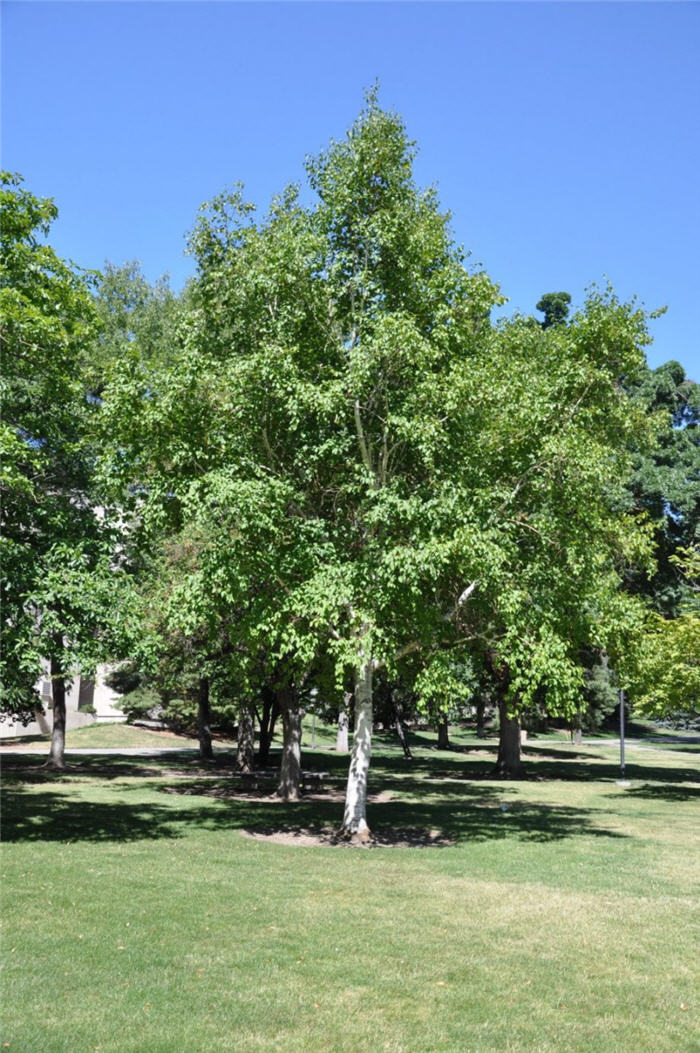| Botanical Name: Quercus mongolica | |
| Common Name: Mongolian Oak |

-
Anatomy
-
Culture
-
Design
Plant Type
Tree
Height Range
40-60', 60-100'
Flower Color
n/a
Flower Season
n/a
Leaf Color
Green
Bark Color
Brown, Grey
Fruit Color
Brown
Fruit Season
Persistent
Sun
Full, Half
Water
Low
Growth Rate
Slow
Soil Type
Sandy, Clay, Loam, Rocky, Unparticular
Soil Condition
Average, Rich, Poor, Well-drained, Dry
Soil pH
Acid, Neutral
Adverse Factors
n/a
Design Styles
Formal, Mediterranean, Ranch, Woodland
Accenting Features
Fall Color, Silhouette, Specimen
Seasonal Interest
Winter, Summer, Fall
Location Uses
Background, Lawn, Park, Roadside, Street Tree
Special Uses
Shade Tree
Attracts Wildlife
Butterflies
Information by: Stephanie Duer
Photographer:
Photographer:
-
Description
-
Notes
This deciduous oak is slow growing to 30 to 40 feet tall and 20 to 25 feet wide. tree will grow 60-75' tall and 30-35' wide. It has grayish brown bark that is deeply furrowed. Deep green leaves are whitish underneath, giving the tree a shimmering quality when breezy. Leaves turn yellow to brown in the autumn, are are persistent through the winter. Acorns are a little more than an inch, with a thick cup covering 1/3 of acorn.
Grows in sun to part shade. Best growth in fertile, loamy soil but will do well in a variety of soils. Drought tolerant once established. Hardy to USDA Zone 3. Oaks are best planted in spring through late September. Plant the smallest tree you can endure, as it will establish more quickly.